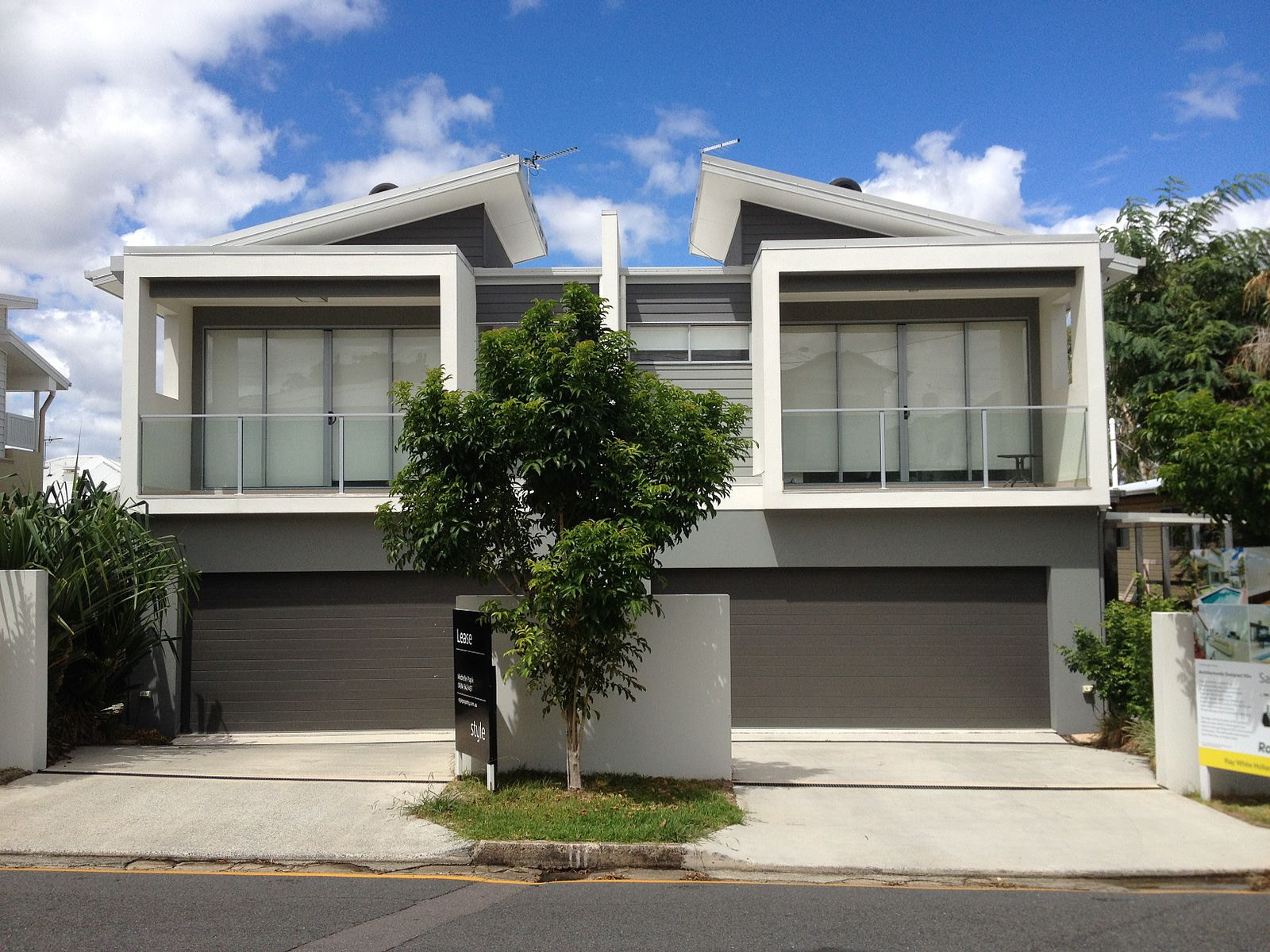Single-Family Houses
Single-family houses are the most common type of real estate property. They are easily maintained and attract long-term renters as opposed to rental apartments. Single-family houses are more easily resold and can be occupied by the owner down the road. Single family-house’s value usually appreciates faster than apartment’s. This is attributed to the land value appreciation where the house sits on. If your investment single-family house is within the city/community path of growth, you are all set.
The downside is that if your tenant moves out, your income from the property will be zero and you will have to cover the property tax and utility costs your tenant was previously paying. From an investment scale perspective, single family houses are usually scatter. This will increase your management effort. Imaging you need to drive 20 – 30 minutes to get to each property to do showings, perform repairs, collect rents.
Banks like to loan on single-family houses. But each single-family house will be its own loan. If you have more than 20 single-family house loans, you will need to find ways to effectively manage the 20+ loans.

Apartment Buildings
Anything over 4 units is considered a commercial property. Apartments can be a nice residential investment type. The tenants are concentrated at the same location, making tenant management easier than single-family houses. However, apartments’ value tend to depreciate faster than single-family houses’. This is mainly due to the fact that apartments tend to locate in the developed part of the city or town. The land value of apartment buildings have less growth potential.
An apartment building can require a good amount of maintenance and work to keep your tenants happy. Many landlords choose to hire a property management company to handle all of the day to day issues. This extra cost should be factored in before you decide to buy. These factors lower the cash-to-cash return on apartment buildings. Intelligent apartment investors tend to use bank loan to increase the return on apartment buildings. At the same time, this approach increase the financial and business risk of this residential building type.

Multi-Family Houses
Multi-family properties sits right in between single-family houses and apartment buildings. It might require a little more work or a larger investment, but the rewards can be huge. Having multiple tenants is great as it is very unlikely they will all decide to move out at the same time, meaning you will always have income coming in from the property. However, more tenants mean more repairs, more complaints, and more time collecting rent. If you get the right tenants in place, these factors shouldn’t be an issue. Compares to single-family house, a multi-family house is harder to find a buyers. But it is certainly easier to find a multi-family house buyer than an apartment building!
A lot of the real property investment books call the multi-family house investment strategy call this apprach “House Hacking”. Meaning you can live in 1 unit of the multi-family house, while renting the remaining units out. Use the remaining units’ rent to pay for property taxes, utilities, mortgage payments, etc. Essentially you are living there rent free, while you are investing in residential real estate. This is a great way to start your real estate investment plan.



